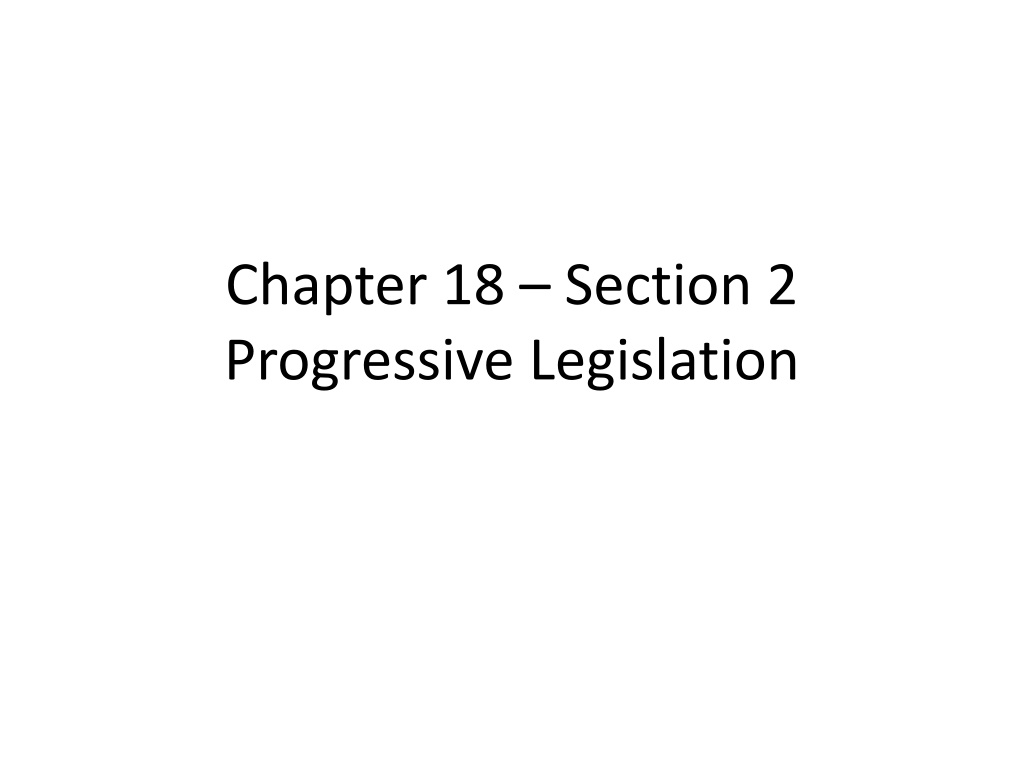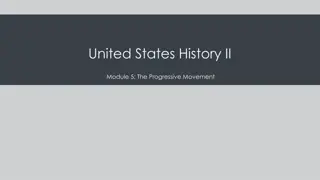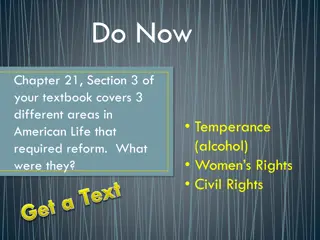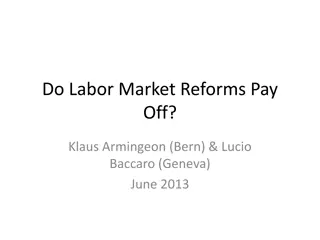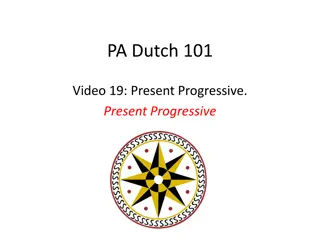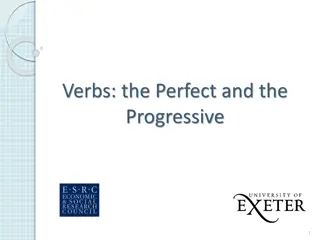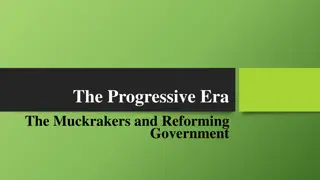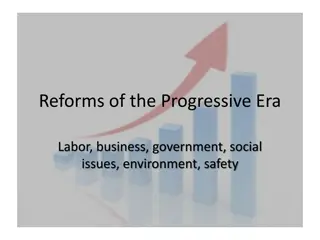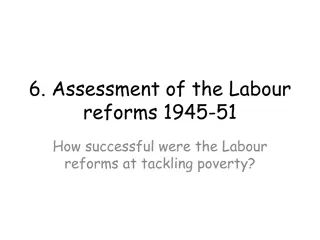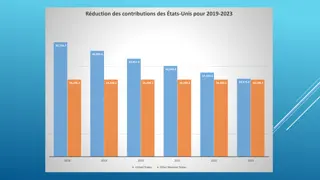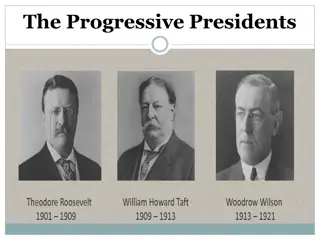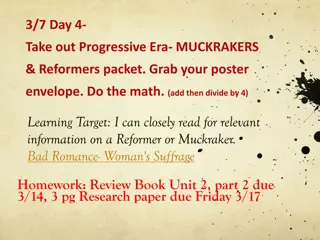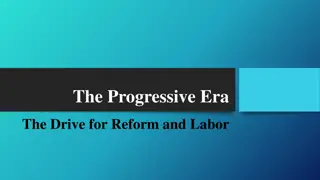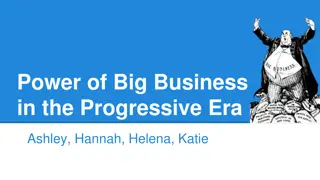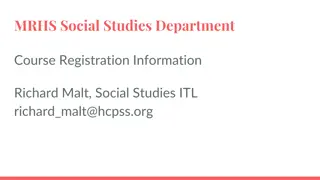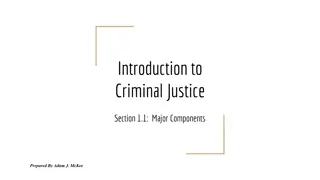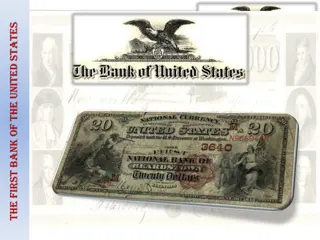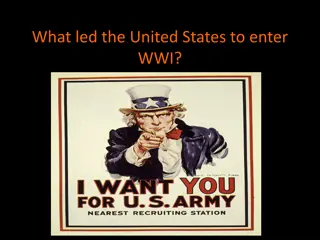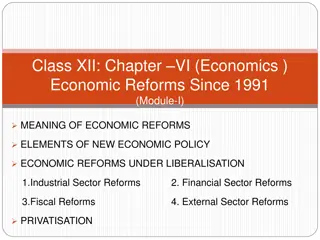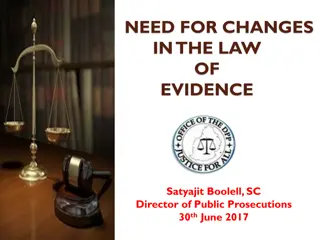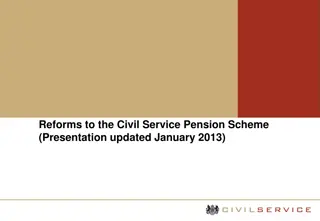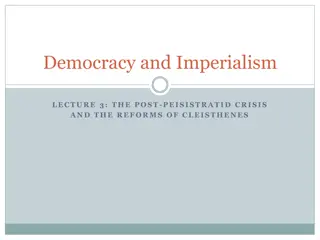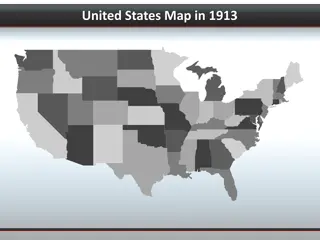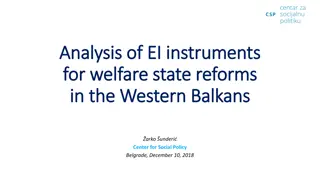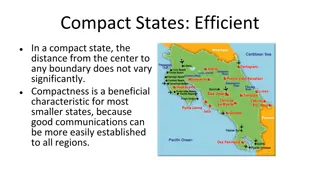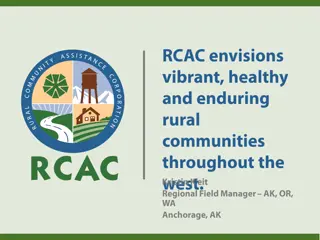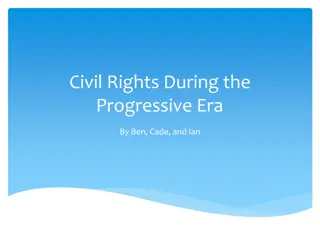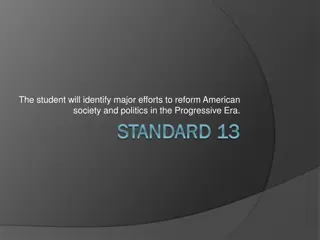Progressive Reforms in the United States
Progressive movements in the United States during the late 19th and early 20th centuries led to significant legislative changes at the federal, state, and municipal levels. Efforts focused on expanding the role of government in social welfare programs, municipal reforms to combat corruption, innovative ideas for city governance, and workplace reforms following tragedies like the Triangle Shirtwaist Factory fire. State reforms, championed by reform governors like Teddy Roosevelt and Robert LaFollette, aimed to make governments more responsive to the needs of the people. The power was also shifted to the voters through initiatives like direct primaries and the 17th Amendment.
Uploaded on Sep 30, 2024 | 0 Views
Download Presentation

Please find below an Image/Link to download the presentation.
The content on the website is provided AS IS for your information and personal use only. It may not be sold, licensed, or shared on other websites without obtaining consent from the author. Download presentation by click this link. If you encounter any issues during the download, it is possible that the publisher has removed the file from their server.
E N D
Presentation Transcript
Chapter 18 Section 2 Progressive Legislation
Expanded Role For Government 1. Responsible for welfare or well being of the people 2. Sought more Social Welfare Programs a. unemployment benefits b. accident and health insurance c. security for disabled and elderly 3. Envisioned a government that relied on experts and scientist to plan efficient programs managed by professionals, not politicians.
Municipal Reforms 1. Worked for elimination of political corruption at city level Control of Political Machine and Bosses 2. Political Machine (def) unofficial organization designed to keep a particular group in power usually headed by a political boss Ex. William Marcy Tweed head of Tammany Hall NY City 3. Worked hard for Home rule 4. In some cities political machines worked with reformers improved city services, established public health programs and workplace reforms, and enforced tenement codes
Reform Ideas (City) 1. City Commissioner Plan instead of a mayor and city council, the city is run by a group of commissioners. Each commissioner is in charge of one aspect of city government. 2. City Manager Plan the city council (elected officials) hire a professional city manager who runs the various departments
Other reformers (Reform - Mayors) Hazen Pingree (Detroit) Samuel Jones (Toledo) Tom Johnson (Cleveland) 1. Taking over utilities 2. Providing Welfare Services
Reforms in the Workplace 1. Result of Triangle tragedy 2. Work day hours 3. Age requirements 4. Minimum wage
State Reforms 1. Reform Governors Teddy Roosevelt (NY) Woodrow Wilson (NJ)Robert LaFollette (Wis.) 2. Reforms first proposed by the Populist Party were enacted in order to make state governments more responsive to the needs of the people. 3. LaFollette used his state as the model for progressive reform Wisconsin was known as the Laboratory for Democracy
Power to the Voters (Handout) 1. Direct Primary Voters select their party s candidates 2. 17thAmendment U.S. senators are elected by popular vote 3. Initiative Voters can put bills before the legislature
Reforms cont. 4. Referendum Voters can vote on bills directly 5. Recall Voters can remove elected officials from office
Federal Reforms 1. United States Forest Service (1905) 2. Pure Food and Drug Act (1906) 3. Meat Inspection Act (1906) 4. Department of Labor (1913) 5. Federal Reserve Act (1913) 6. Clayton Antitrust Act (1914) 7. National Parks Service (1916) Amendments 16 17 18 - 19
